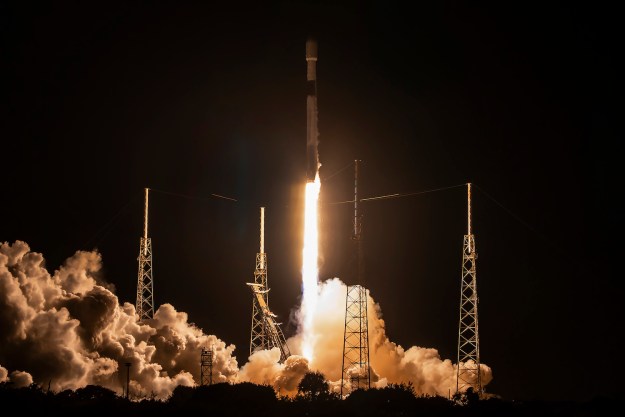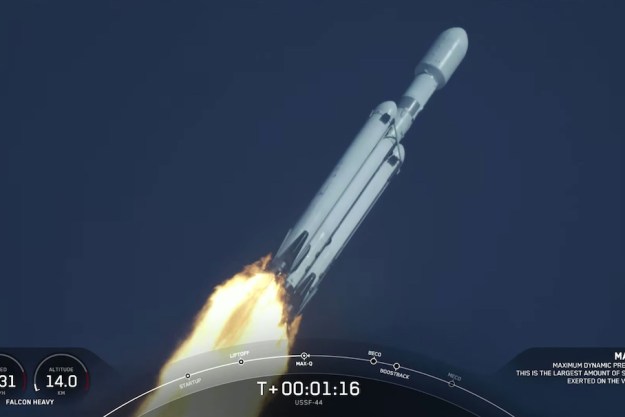Not content with simply polluting our planet, humankind is also doing a pretty good (or, really, bad) job of polluting space as well. There are thousands of pieces of orbital detritus, many of them old satellites or discarded rocket stages, whizzing around Earth at this moment. These can pose a number of problems, not least if they collide with a functioning satellite or a spacecraft.
Previously Digital Trends has covered cleanup concepts like the European Space Agency’s giant space claw project and a gecko-inspired space janitor created by NASA.
Now Japan’s Kyoto University and a Japanese company, Sumitomo Forestry, have come up with an innovative new idea that could complement these more environmentally friendly initiatives. Their answer? Wooden satellites that can burn up in the atmosphere when no longer required, avoiding leaving any harmful substances behind by doing so. The approach would also mean no risk of debris raining back down to Earth.

“We are very concerned with the fact that all the satellites which re-enter the Earth’s atmosphere burn and create tiny alumina particles which will float in the upper atmosphere for many years,” Takao Doi, a professor at Kyoto University, and a Japanese astronaut who has visited the International Space Station, told the BBC.
The plan calls for the launch of a wooden satellite — a world-first — by 2023. Partner company Sumitomo Forestry has reportedly already begun researching the use of wood materials in space. Part of this will involve exploring how different types of wood cope with harsh environments, analogous to space, here on Earth. While it has not revealed the wood it plans on using, this will need to be one that is resistant to both extreme temperature changes and sunlight.
After this initial materials science research is done, the researchers will then build an engineering model of the satellite, followed by a flight model prior to the 2023 planned launch.
Whether this unique concept takes off (both literally and figuratively) remains to be seen. However, with some 6,000 satellites currently orbiting the Earth — with around 60% of them defunct — this is a problem that needs to be addressed. Projects like Elon Musk’s ambitious Starlink satellite network will only add to the number of orbiting objects.
Editors' Recommendations
- Dramatic images show a large satellite tumbling toward Earth
- NASA launches PACE satellite to observe Earth’s oceans and atmosphere
- How to watch SpaceX launch Cygnus cargo ship to ISS for first time
- How to watch SpaceX launch world’s most powerful rocket on Saturday
- World’s most powerful rocket clears safety review for next test launch


